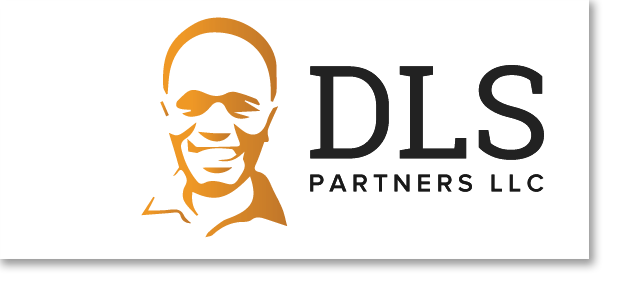I asked several people what immediately comes to mind when they hear the word diversity used in the context of an organization. As expected, most people do not have a favorable view of the word. The word carries significant baggage with a definite element of mistrust and hidden agendas. To begin a trust-based conversation on diversity, it would be helpful to ask deeper questions than those typically discussed.
- Why is diversity important to our organization? Are we interested in deepening our empathy and understanding towards others who are different, or are we creating the potential to divide groups and create an atmosphere of confrontation?
- If we seek to be a diverse organization, have we consciously hired individuals who value others from different backgrounds, different perspectives, and different ethnic and cultural heritages?
- Do the most senior members of the leadership team demonstrate a real interest in diversity, or has it been delegated to a function that keeps the ‘compliance-police’ satisfied? In other words, do the senior leaders hide behind political-correctness or are they out-in-front, in seeking to realize the benefits of a diverse organization.
- If in seeking to become a diverse organization, is their true acknowledgement and acceptance that, everyone has biases and prejudices learned early in life, and people carry around feelings left over from what they learned in their families as children. True diversity will not be achieved if individuals cannot express themselves freely (respectfully) without fearing punishment or ostracism.
- Are the key decision makers, as well as any stakeholders, able to articulate comfortably the value of diversity? Do they understand that true diversity is not the same as meeting quotas, and can express views that demonstrate an understanding that diversity is about empathy and tolerance for different perspectives?
- How do we ensure that any diversity initiative does not compromise the mission and values of the organization? That is to say, how do we apply equal rigor in improving all areas to the area of diversity, knowing that most organizations take the ‘low-road,’ and end up with mere compliance?
- Does your leadership team and staff members reflect diversity in all its forms? If not, how likely is it that your clients, constituents, or students will come from diverse backgrounds? If the organization desires to reach a more diverse audience, the organization must have diverse voices advocating for that organization.
- How do we measure diversity in a qualitative way? Has/is diversity impacting decision making, or does the diversity only represent a quantitative value with little to no impact on the organization at large?
- How does an organization intentionally bring diverse voices to the table, when the typical voices at the table are those who by way of legacy and success typically occupy those seats? With an increasingly diverse world comes different views of success, which implies that many long held traditional views are no longer the only of most popular view. How does an organization seek out all generations, genders, socio-economic, races — including the burgeoning group of bi-racial children, and other groups to inform the conversations that shape our organizations?
- If we are to experience success in becoming a more diverse organization, it will require everyone to adopt a mindset of openness to learning, and a commitment to suspending judgement. Discussing diversity can become quickly charged because of the emotional learning attached to our already held views. To participate in a productive discussion requires humility, deep listening skills, and the ability to communicate with sensitivity and empathy for others deeply held views.



